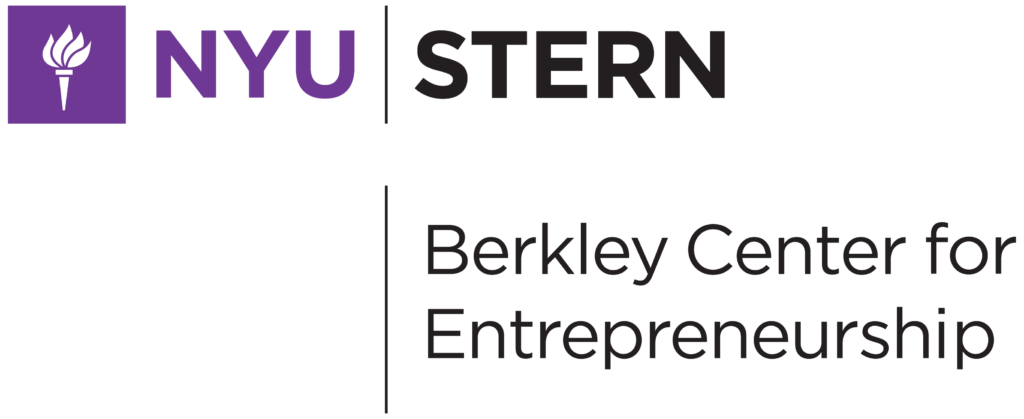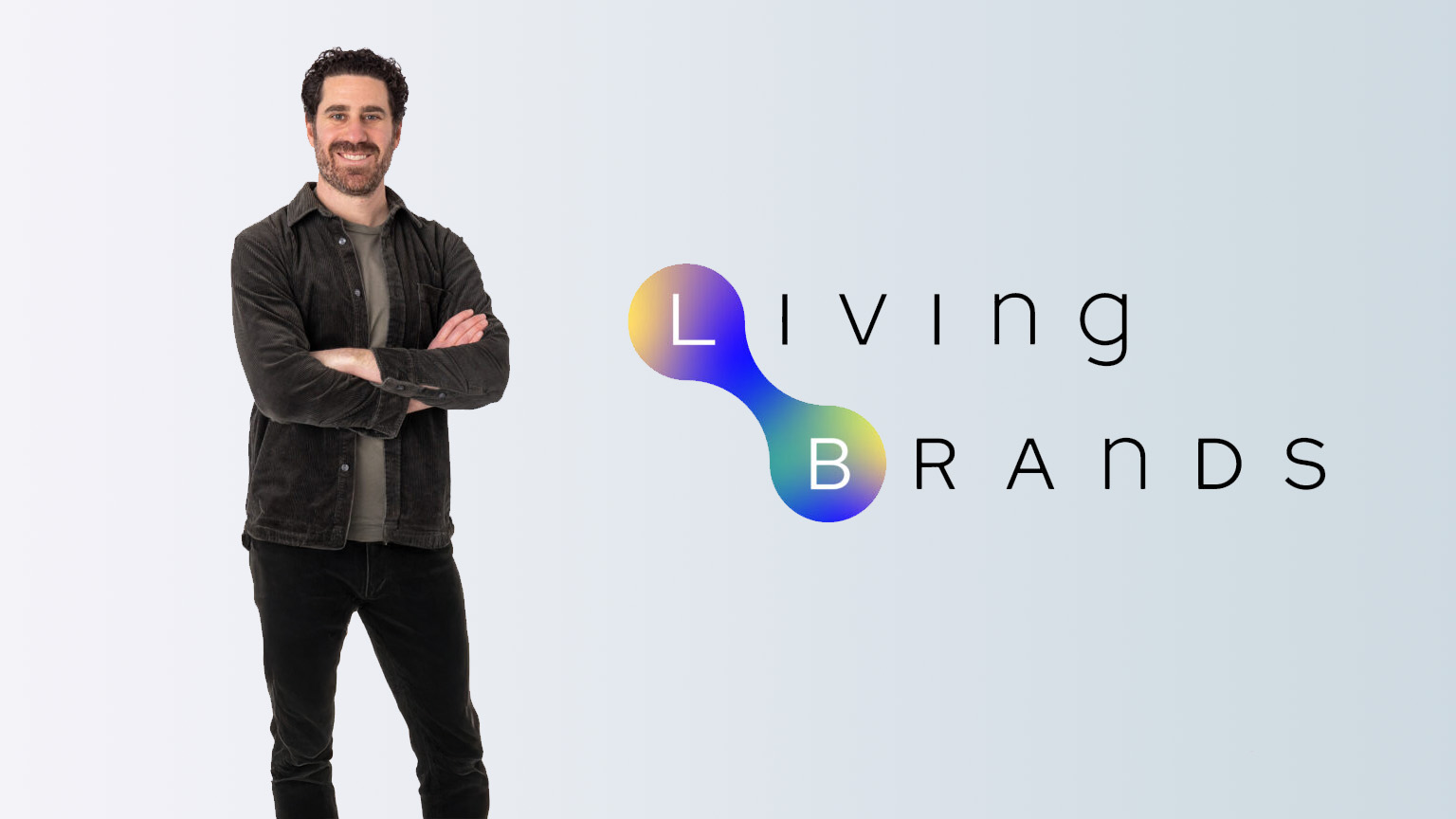
Living Brands AI | Lessons Learned as a Founder
Team: Jonny Sabbath (Founder & CEO, Tisch ‘24), Brian Ho (Design Technologist, Tisch ‘23), Sophie Lee (Product Design, Tisch ‘24), Moncif Dahaji Bouffi (ML Engineer, CS ‘26)
About the Venture: 83.3% of marketing professionals have experienced burnout in their careers. One thing that matters most to them: their time. Living Brands AI provides trustworthy, sophisticated AI tools that make brand marketers’ lives easier.
Author: Jonny Sabbath
We’ve been building Living Brands AI for the past year and have learned a lot along the way. Here are a few tips I’d offer future founders:
Where to Start
Begin by honing in on what you care about. Creating a startup isn’t an easy path. Anchoring to your beliefs will give you the energy you need to push through when you hit roadblocks. Get out your post-its, write down what matters to you the most, and stick those up on a wall as a recurring reminder of why you’re doing this work.
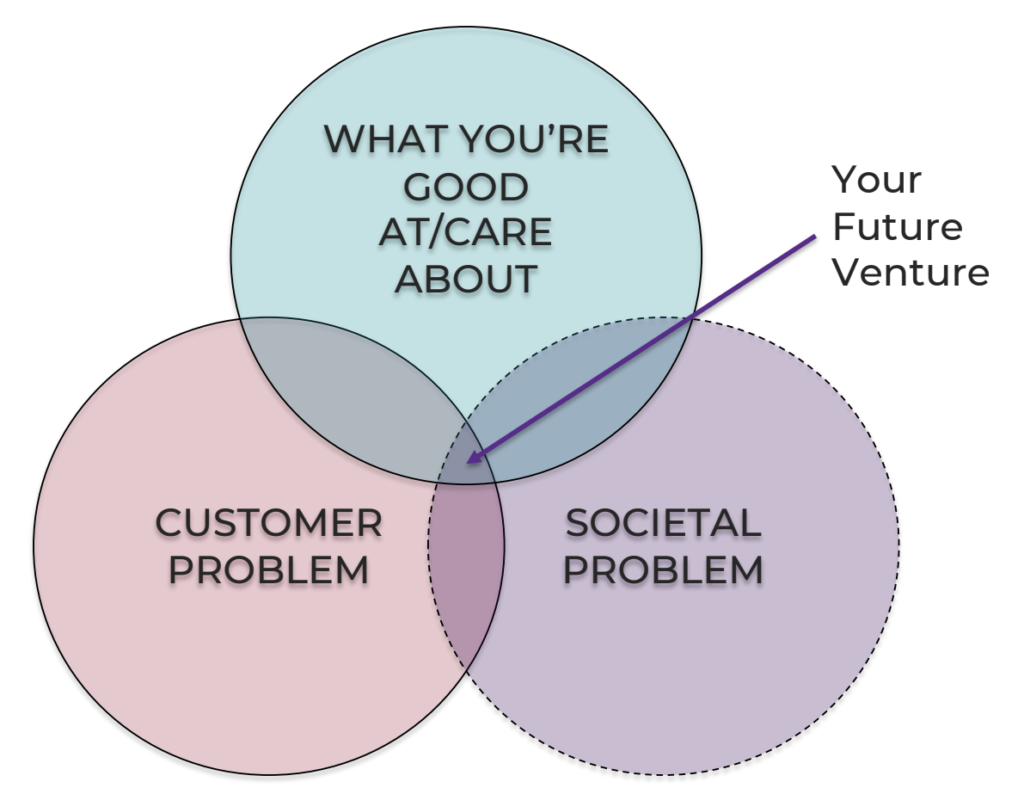
In our initial phase before creating Living Brands AI, we noticed several of our marketing colleagues had experienced burnout. Additionally, the growing complexity of their roles kept people stuck in the short-term.
These circumstances made it challenging for marketers to bring their brand vision to life, differentiate from the competition, and win. We dug in and set out to build an AI toolset that streamlined some of the time consuming tasks, allowing them to focus on the big ticket work that matters most.
Start with a Problem, Not a Solution
While it’s tempting to start with a solution (e.g. ‘I’ve got an idea!’), it’s crucial to reserve that energy.
Most startups pivot at some stage. It’s expected. By falling in love with a consumer problem, rather than a solution, you’ll be more dynamic in the face of failure and much more likely to be successful in the long-term.
Unfair Advantage
In most industries, competition is fierce. So, you’ll want to focus on an area where you have a founder-market fit. What unique edge do you have that is extremely difficult or practically impossible for competitors to match or replicate? That’s the niche in which you should be working.
I’ve worked with significant budgets at companies like AB InBev and R/GA, as well as for clients like Coca-Cola, MasterCard, and Moet Hennessy. With over 15 years of marketing experience, I intimately understand the needs of brand leaders. And after participating in MIT Media Lab’s Hackathon and being nominated for the Most Creative Use of AI, I was determined to formalize making a startup at the intersection of brands and AI.
Approach
Before you begin down the startup path, it’s important to do your research. Learn a lot about the problem you’re trying to solve, and validate that it’s a major problem. In order to be worth your time, it needs to be a problem that, if solved, could be worth serious money.
The best way to identify a problem is to get outside and talk to people (primary research) at every opportunity. The biggest trap is thinking you’ve ‘figured it out.’
As you explore and learn, redefine failure. Learning from testing your product idea and invalidating it (before launch) is a huge win, the only failure at this stage is failure to learn.
When we started Living Brands AI, our tool was complex and focused on speculative AI. However, as we learned that time was actually at the crux of marketers’ pain points, we pivoted to focus on AI tools that would make their work faster and more efficient.
We decided to specialize in two key areas:
- Making the brand strategy AI-ready – so AI actually understands and honors the brand’s unique positioning
- Providing tailored AI workflows, so marketers can reclaim time otherwise spent on tedious work and focus on the creative “big ideas” that make the brand stand out
Example Weekly Plan
When you’re just getting started and searching for a problem to address with your startup, keep your weekly routine as simple as possible. Here’s an excellent example of a weekly routine:
- Consider a target customer. Write down who they are on your Lean Canvas. In addition, write down the top three problems you believe they have. Consider what they’d be willing to pay you to solve them.
- Identify the most critical assumptions you have made. What do you think is true that, if proven wrong, would invalidate the problem you have defined as your focus?
- Then, conduct research and run experiments to learn about those assumptions.
- Document your findings and update your Lean Canvas with your new understanding of your target customer and problem you believe they have.
The more times you complete this routine, the sharper and more defined your consumer understanding, product, and business model will become.
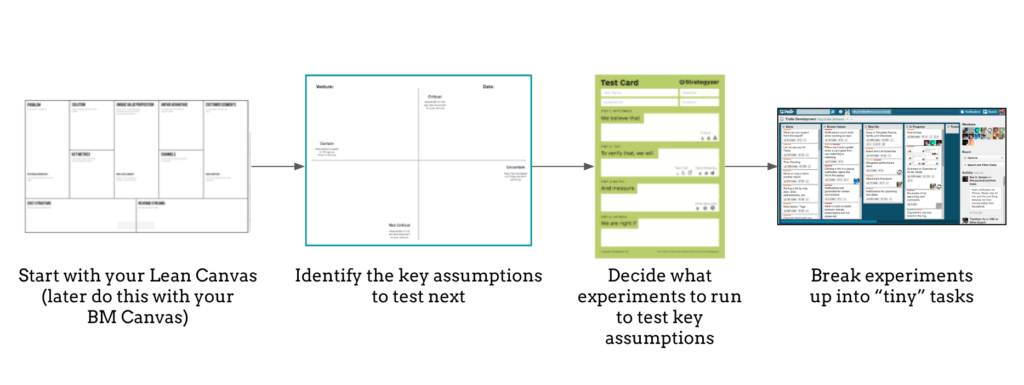
Research By Stage
As your startup progresses, the type of research you do will evolve. The most important research at the start is qualitative. You want to be having conversations and using techniques like “5 Whys.” This type of research is materially more valuable than expensive reports. You and your team need to speak with people first-hand. This knowledge will inform your decisions as you continue to define your solution and build out your product.
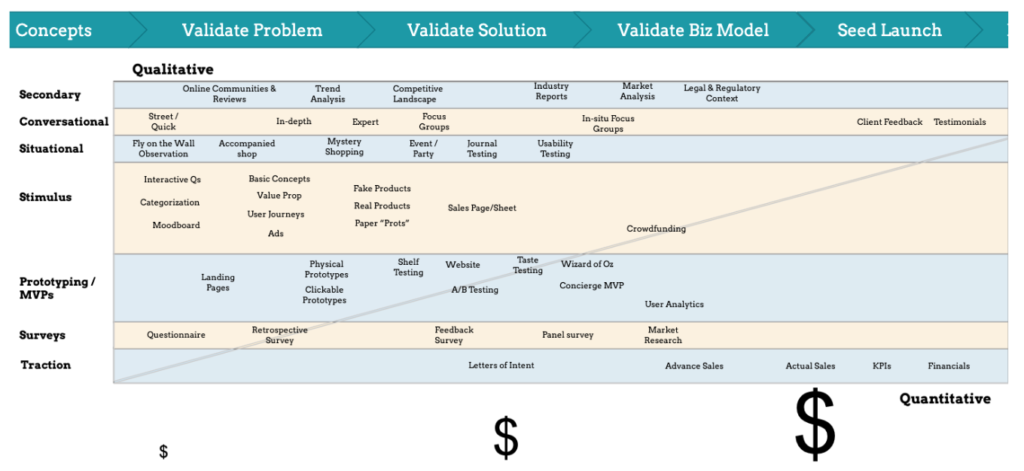
The best validation is finding a product people are willing to pay for. Once we had prospective customers ready to sign on, we knew we were on the right track.
Along the way, we learned that another customer segment may be more likely to invest in our solution – and we pivoted to serve them better. This agility is crucial when clarifying your value proposition and the customers you’ll serve.
AI & Teamwork
Now that AI has proliferated, use it. And use it as a team. A recent Harvard study showed that marketing & innovation teams using AI produced 3x more solutions that were graded in the top 10%, compared to teams that weren’t using AI.
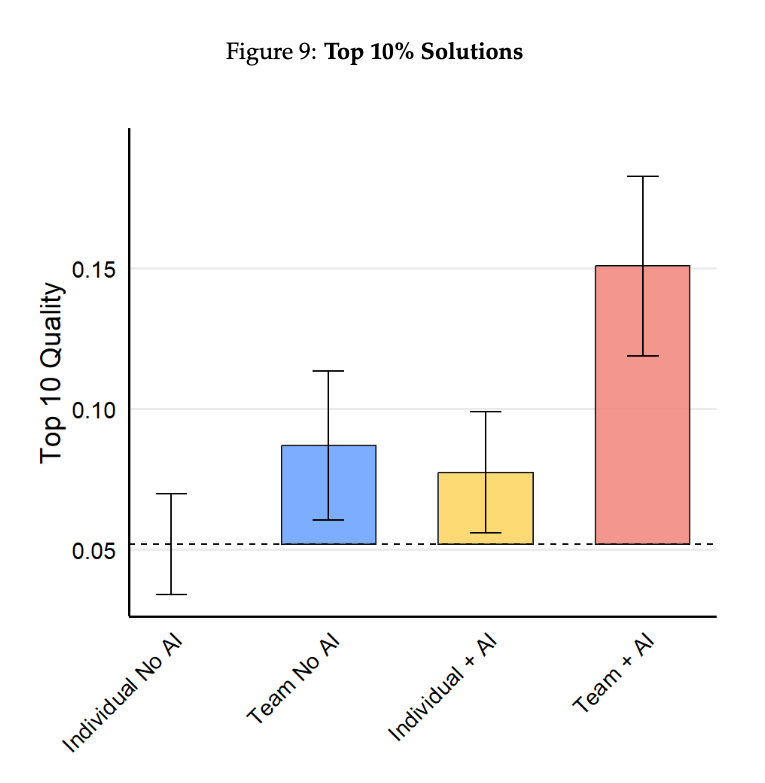
AI Example
Using AI research tools like Google Gemini’s Deep Research feature is particularly effective when thoughtfully prompted. Here are a few prompt templates from Lloyd Grant (B2B Sales & Marketing coach, Berkeley Center) you can use to accelerate your research:
- “Find recent Pew Research Center reports (or similar) on demographic trends among [target audience] interested in [ _______ solutions].”
- “Find recent studies and reports on [costs of customer acquisition] for [target industry]. Make sure these resources are from reputable sources.”
- “Locate the latest research publications from [research organization] about [target audience] behavior.”
Have a Solution? Prioritize
Prioritization is always key, but it’s particularly important once you’ve established your solution.
One of my favorite startup coaches, Vadim Gordin (Director, NYU Tandon Future Labs A/X Venture Studio), advises as follows and I wholeheartedly agree:
- Being a successful founder means being hyper-vigilant about the difference between activity and progress.
- There are only two types of progress that matter. (A) shipping product to customers and (B) transacting with customers on the basis of that product.
Everything else founders do — social, pitch competitions, discovery interviews, raising money, accelerators, conferences, hiring, prototyping, etc. should be evaluated critically through the lens of whether they advance (2) above.
It’s easy to get lured into various perspectives on how to build your startup ‘correctly.’ At the end of the day, it is hard work, intuition, and focused execution. Keep it simple and decline anything that distracts you from customer research, product development, and sales.
When we build at Living Brands, we ask key questions to prioritize our product development work.
For example:
- Is the AI output useful? Actionable? Correct?
- Does it save time? Does it honor the brand?
Minimum Marketable (or Lovable) Product
Now that AI has proliferated, it’s much easier to build. Therefore, the bar is higher than a Minimum Viable Product. I encourage founders to take those extra steps to improve before releasing a product. Thoughtful design does have function. Put a bit of finesse into what you initially release. It can make all the difference in getting early adopters on your side.
Berkley Center for Entrepreneurship
Lastly, lean into the resources available to you. Attend startup events in your city. Get mentorship from successful founders. Use online materials like Y Combinators’ Startup School to gather what you need to get started.
And if you’re a student founder, leverage the Berkley Center for Entrepreneurship. They have several great resources (startup advising, accelerators, workshops) and an accessible team.
Feel free to reach out with any questions if you’re building!
